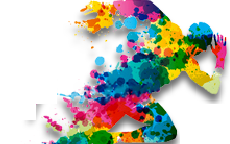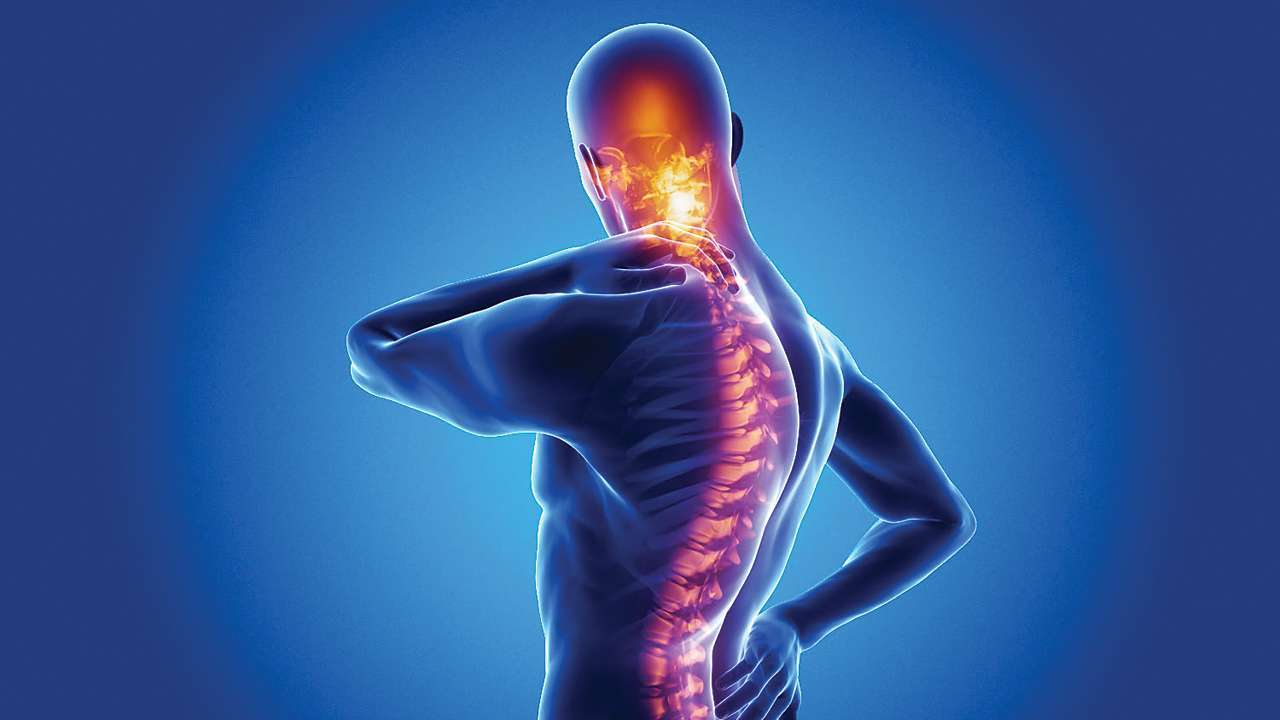Cervical Spondylosis is a spinal condition that typically develops in older age. It is a result of the wear and tear of the spinal disks in the neck.
Although many people do not experience symptoms, non-surgical procedures can be used to treat them if they happen to arise in the future.
Slip Disc is the colloquial term that means that part of an injured or abnormal disc is protruding against nerve tissues. The recommended treatment for Slip Disc is mostly rest and limiting activity.
Spondylosis, Symptoms and Treatment
The other name for Spondylosis is Cervical Osteoarthritis that can cause significant changes to the neck, bones and discs in between. Slowly, the discs begin to shrink causing bone spurs or bone projection along the edges. There is no specific cause for this condition to develop other than old age.
Spondylosis is very common in older people. It is a staggering fact that over 85% of individuals older than 60 are victims of this condition.
Symptoms
For most patients, Cervical Spondylosis does not exhibit any symptoms as such. But if they show up, it will be in the form of stiffness in the neck area and pain. If the condition has impacted the spine, the symptoms may be numbness and tingling of the feet and arms, difficulty in coordination and walking, slow reflexes, and poor bladder control.
Treatment
Traditional methods of Spondylosis treatment given are anti-inflammatory drugs or NSAID’s and pain killers. But long term use of these drugs may cause problems such as stomach ulcers, kidney and liver problems.
Holistic methods of treatment involve digital diagnostic testing that focuses on the particular muscles that have been impacted.
Second treatment step will be pain management that can be performed using technologically advanced methods such as Microcurrent therapy.
One Spondylosis treatment method will not fit all. The treatment plan must be formulated as per individual requirements and diagnosis.
Slip Disc, Symptoms and Treatment
Slip Disc or Herniated disc occurs due to age-related degeneration of discs and their supporting structure. This condition will cause tears in the outer layer of discs. It can also be caused by improper or sudden lifting of heavy objects, excessive physical activities and physical trauma of some kind.
Symptoms
The most common symptoms of Slipped Disc are severe pain extending to knees, thighs and feet, pain on one side of the body, tingling sensation or numbness in the impacted limb, weakness in the muscles and slow reflexes.
Treatment
A thorough physical and neurological examination is the first step in slip disc treatment. Digital imaging tests such as X-rays, MRI’s and CAT scans must be done to arrive at the correct diagnosis.
Once the diagnosis is arrived at, pain management is the next line of treatment for a herniated disc. The McKenzie technique is the popularly adopted method for this purpose. This alleviates the pain very fast enabling the patients to manage their daily tasks.
For long term relief, certain physical therapies and movements will be suggested based on each patient’s assessment. The type and degree of movement will depend on each patient’s response to the treatment.
Pain killers and anti-inflammatory drugs only offer a temporary cure and have long term ill effects such as stomach ulcer, heart ailments, liver and kidney issues as well.
The slow but safe course of slip disc treatment will be regular, systematic movement and therapy.

